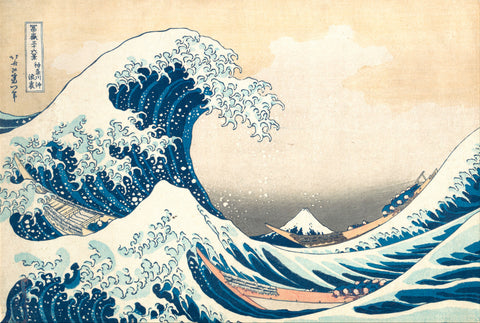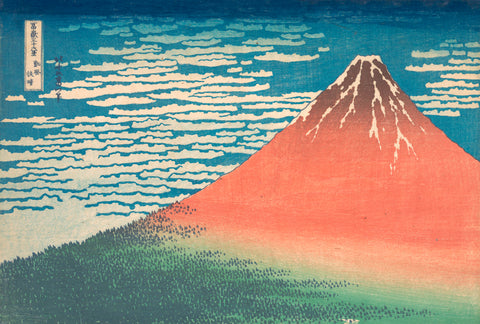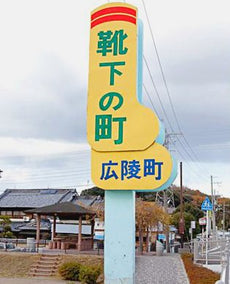Exploring the Artworks by Hokusai Katsushika
In Between the Mountains and Ocean
‘Which do you prefer, mountains or ocean?’ This is a common conversation-starter among Japanese people. I’m usually the one who can’t really decide because my hometown is on the coast with the view of an iconic yet serene mountain.
Japan is an island country with various mountain ranges, so there’s no doubt that many people there are used to being close to mountains or the ocean. I started missing the closeness to nature after moving to the U.S. where the areas with scenic views are costly to live in.
Today, I would like to explore what’s behind the art of Hokusai Katsushika, the artist who created the Great Wave and the Red Mt. Fuji.
Hokusai Katsushika
Hokusai Katsushika (1760–1849) is one of the most famous and influential Japanese artists of the Edo era. He was an ukiyo-e painter and printmaker who mainly resided in Edo (now Tokyo). He is often considered one of Japan's greatest artists and has had a profound influence on Western art, including the artists and composers such as Van Gogh and Debussy. He is the only Japanese person to be chosen as one of the most important people of the second millennium by Life Magazine.
The Great Wave

Hokusai is best known for his woodblock print series from the 1830’s, "Thirty-Six Views of Mount Fuji" ("Fugaku Sanjūrokkei"), which includes the iconic print, "The Great Wave off Kanagawa" ("Kanagawa-oki nami ura").
The print depicts a massive wave towering over three fishing boats, with Mt. Fuji in the background. The wave is shown in the foreground, curling dramatically as if it's about to swallow-up the boats. Mt. Fuji looms in the distance; providing a striking contrast to the turbulent sea.
The composition is dynamic and visually engaging, with the waves dominating the scene and capturing the viewer's eye. Hokusai masterfully captures the power of the ocean; using bold lines and intricate details to convey the movement of the water.
One of the most remarkable aspects of the print is the use of color and shading to create depth and perspective. Hokusai employed a technique known as "uki-e" or "floating pictures," which involves layering different shades of blue to simulate the illusion of depth in the water.
The Red Mount Fuji

The Thirty-Six Views of Mount Fuji series includes the artwork called “Gaifu Kaisei” that is featured in one of our Ninja Socks, the Red Mount Fuji.
In this artwork, Mt. Fuji is depicted with a vibrant red hue, set against a background of clouds and a blue sky. The red coloration of the mountain is intended to represent the sunrise or sunset, where the sunlight casts a warm glow on the landscape. The composition is majestic, with Mt. Fuji towering over the surrounding countryside. It’s early summer since there is a little snow left on the top of the mountain.
The print is renowned for its striking use of color and Hokusai's masterful depiction of light and atmosphere. Hokusai employed a technique known as "bokashi," which involves gradually applying ink to create subtle gradations of colors. This technique gives the impression of depth and dimensionality; enhancing the realism of the scene.
Where to see Hokusai’s artwork
Curious about seeing his artwork in person? Here are some museums in Japan and the U.S. that have collections:
Opened in 2016, the Sumida Hokusai Museum in Tokyo has the most expansive collection of Hokusai. The regular exhibit includes high resolution images of his masterpieces.
In the United States, the Metropolitan Museum of Art , the Art Institute of Chicago, and the Museum of Fine Arts in Boston have notable collections. You can even see all collections of the Art Institute of Chicago on their website, including the Great Wave.
There are about 100 prints of the Great Wave existing now, and the one at the Metropolitan Museum of Art in New York City, NY, is considered the best condition to the original.
Can’t make it to the museums?
You can still enjoy his artwork by wearing our Ninja Socks! Although Hokusai himself probably never imagined his own artwork becoming socks, it’s fun to see them around the house or whenever you take-off your shoes. They make a great gift to art and/or history fans.

